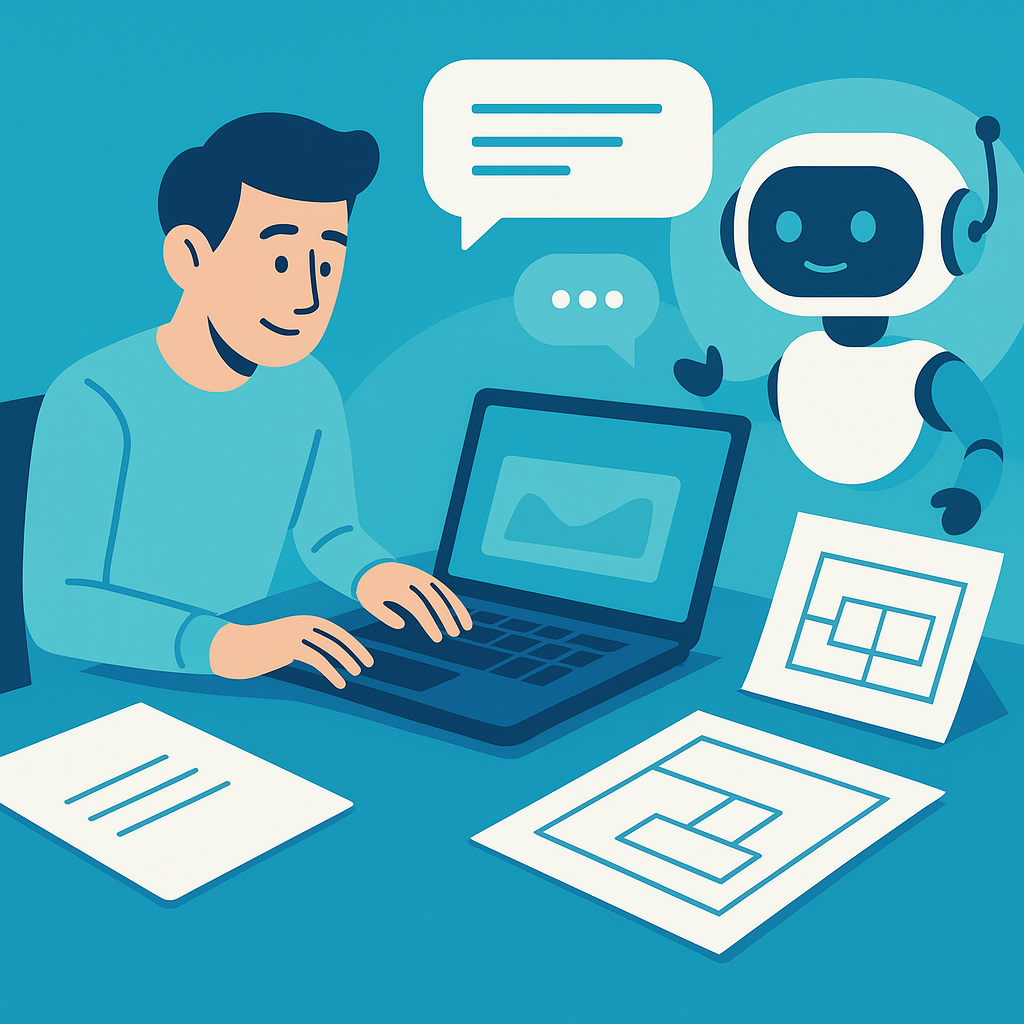Building this website

After much procrastination, I finally decided to have a go at using AI to build my personal site!!
This was a fun and insightful little project that taught me a lot about how modern LLM tools help in the development process but also their flaws and the dangers of pure 'vibe-coding'
To start, I decided to partially leverage an approach that I stumbled on from an X user (@seconds_0) consisting of building a project plan and spec documents alongside your LLM companion (I used ChatGPT o3 for this part)
- Write a product requirements document
- Architecture
- Project Overview
- Work plan template
My first prompt read like this:
I would like to build a personal website that I can use to showcase myself and that I could use to build my personal brand and talk about the services I offer and also act as the host for content I would like to share (posts, graphs, etc.)
Here are some inspiration websites from creators I like to follow:
- (list of inspirations…)
I want to build the website in a structured way and to do this, I want to start of with a BRD/PRD (Business/Product Requirements Document). Can you help me build this BRD? Propose a template and ask me questions that will help you help me fill the requirements document
This often overlooked step in many quick-AI projects actually helps both the LLM by structuring and clarifying key details as well as the human party to review assumptions and ensure the instructions are complete and will yield the desired result.
After that, I worked with Cursor AI (connected to Claude 4.0 Sonnet) to implement the plan and make adjustments. Some observations I made while building:
- Having a structured way of engaging with LLMs improves the output a lot and simplifies human validation/verification (and also simplifies further validation by other AIs/agents). Planning in advance helped the AI give me the right options right at the start which could have been costly rework mistakes if spotted only later.
- Core implementation was very quick with Cursor but certain details took more back and forth and sometimes direct intervention.
- The AI (ChatGPT and Claude) were terrible at helping me pick a good template for the website, I ended up Googling and finding one I liked in less than 20 mins (traditional search still has its pros).
As a Technical BA (self-taught at programming), the process was still a bit bumpy but I was able to get through the more complex challenges (notably deployment and security) by patiently asking questions and reviewing the code with the AI as well as doing some traditional research online.
The most striking observation to me was how clear AIs were much better at solutions for which a lot of data was available (ex: Core open source implementations) and that this constitutes an immense advantage of Open source vs Closed Source software. As we get use to AI, users of a solution will expect the AIs to be extremely proficient and provide guidance with very few errors. A new solution or an opaque program will mean an AI helper that is unremarkable and this will be a critical drawback from a user experience standpoint.
Hope you guys enjoyed the read!
(for those curious, I used Django Web Framework and Bootstrap to build the website and deployed with Render)